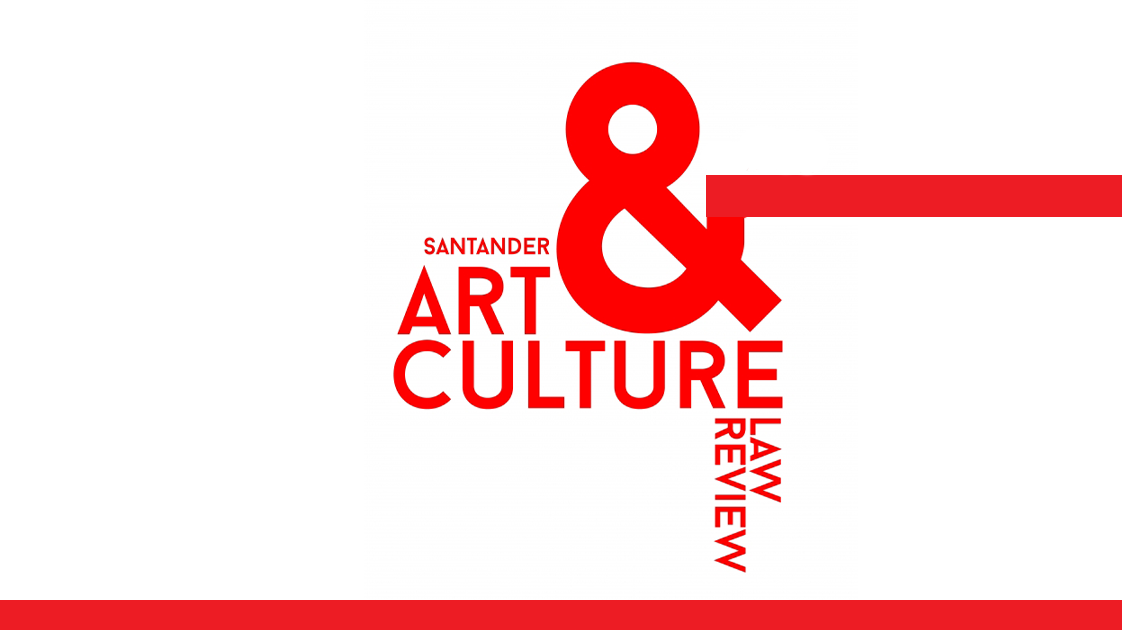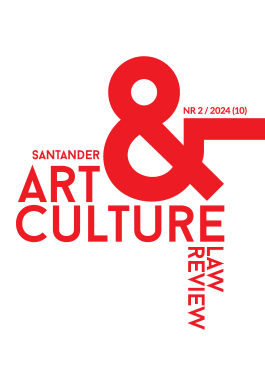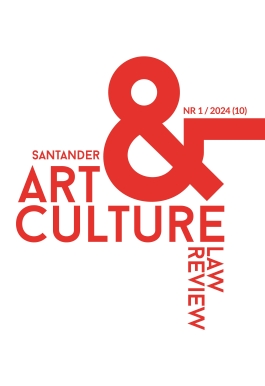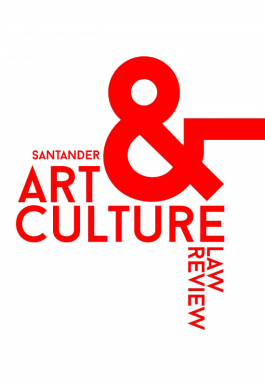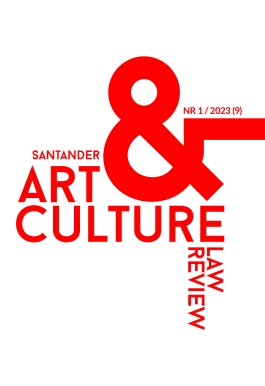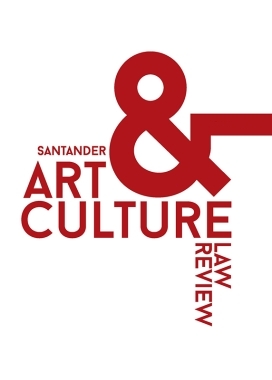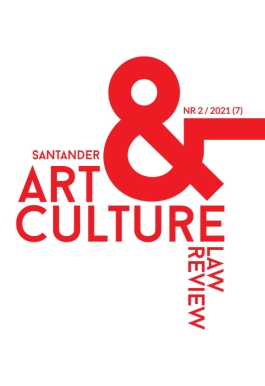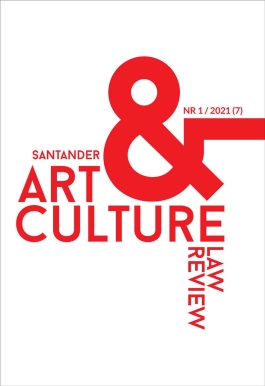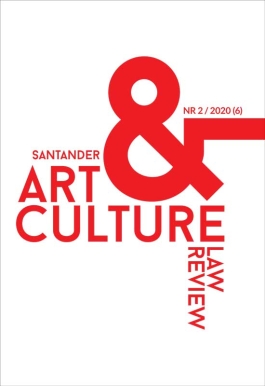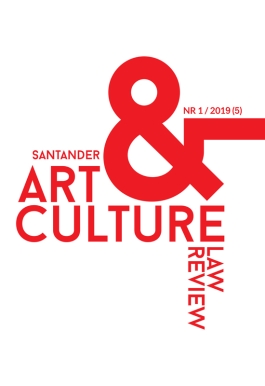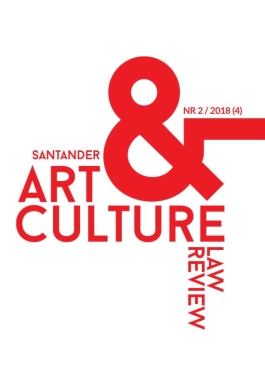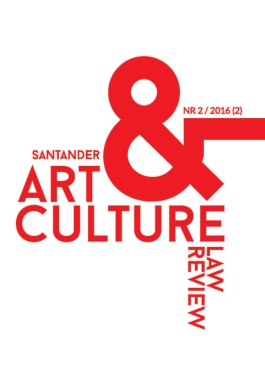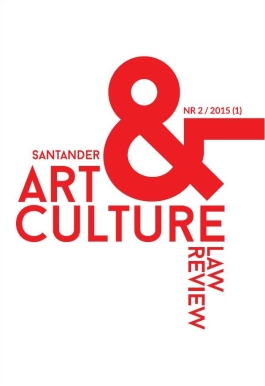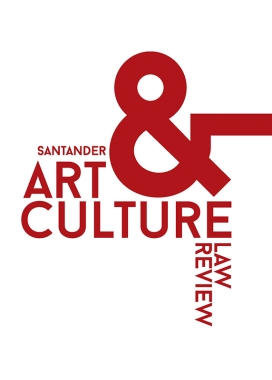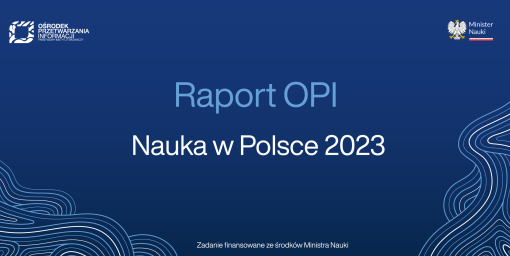W artykule w dużym zarysie przedstawiono warsztat konserwatora dzieł sztuki oraz starano się uzasadnić jego rolę i znaczenie w procesie weryfikacji autentyczności dzieła. Na rynku antykwarycznym pojawia się coraz więcej dzieł wątpliwych i można zaryzykować stwierdzenie, że nie ma obecnie aukcji, na której nie znalazłoby się dzieło o wątpliwej autentyczności. Dziwi fakt, że sprzedający dzieła sztuki, za które uzyskują wysokie sumy, nie podejmują próby badawczej oceny ich autentyczności. O ile w krajach zachodnich większość badań związanych z budową dzieła, techniką i technologią zarezerwowana jest dla fizyków i chemików, o tyle w Polsce sposób kształcenia konserwatora predysponuje go do działań zarówno stricte konserwatorskich, jak i badawczych na podstawie zdobytej na studiach wiedzy. Stąd w Polsce rola konserwatora jest szczególna, gdyż warsztat pojęciowy pozwala jemu dokonywać oceny przydatnej przy weryfikowaniu autentyczności dzieł sztuki, począwszy od oceny stanu zachowania umożliwiającego wyciągnąć wnioski pomocne przy ocenie autentyczności (analiza np. rodzaju i charakteru spękań oraz przyczyny ich powstania), poprzez analizy wizualne w świetle widzialnym (m.in. w świetle bocznym, przechodzącym, makrofotografie), ultrafiolecie (analiza fluorescencji werniksu, rodzaj użytej żywicy oraz pigmentów farb, ocena wtórnych nawarstwień oraz ingerencji konserwatorskich), w podczerwieni i analizy zdjęć rentgenowskich, a skończywszy na właściwej interpretacji wyników szczegółowych badań budowy. Konserwator dzieł sztuki ma dziś do dyspozycji szerokie spektrum badawcze, obejmujące m.in.: fluorescencję i reflektografię w ultrafiolecie, reflektogra-fię w podczerwieni, kolorową podczerwień, mikroskopię optyczną, radiografię, autoradiografię neutronową, techniki chromatograficzne, fluorescencję rentgenowską (XRF) oraz bardziej złożone metody badawcze, takie jak: neutronowa analiza aktywacyjna, spektroskopia ramanowska, spektroskopia w podczerwieni z transformacją Fouriera (FT-IR) i optyczna tomografia koherencyjna.
